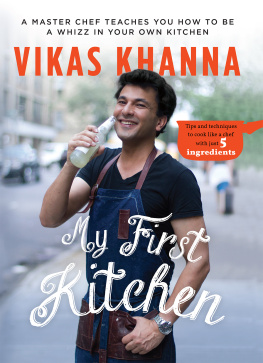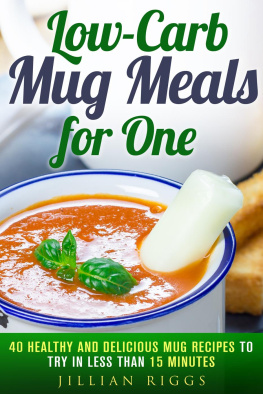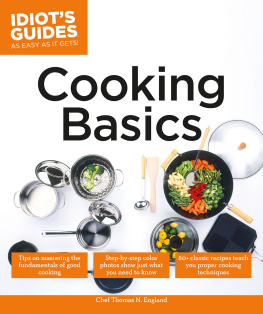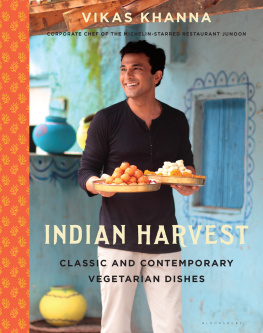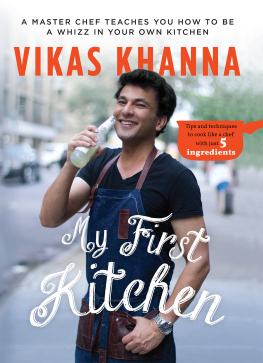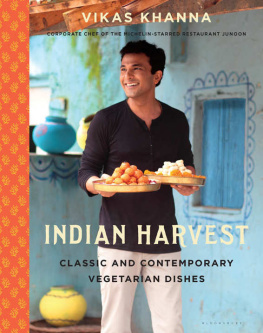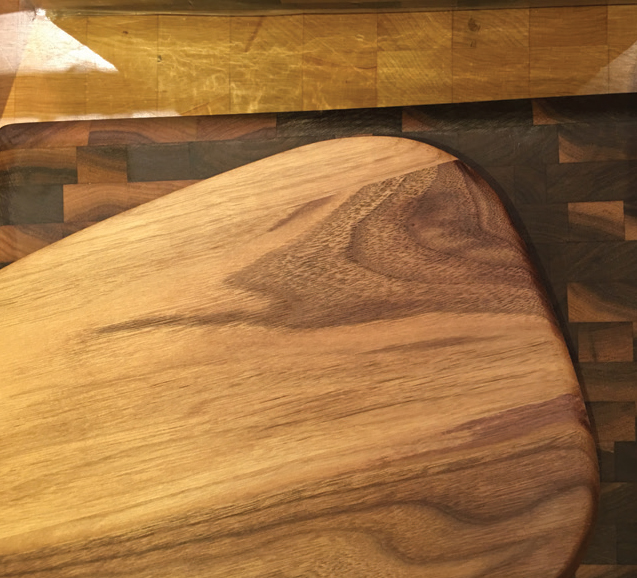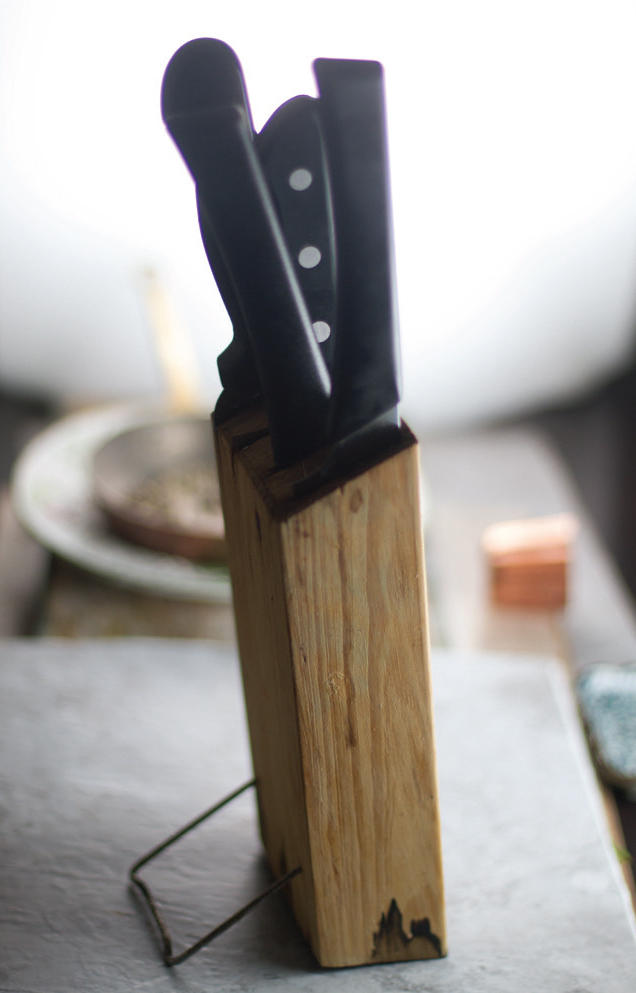BASIC TOOLS AND UTENSILS
When setting up your kitchen, you will need some basic tools to make your cooking activity efficient and less stressful. Get the essentials first and then add to your collection of tools as you become more familiar with your needs.
You can begin with some or all of these.
Measuring spoons and measuring cups
Using measuring cups and spoons makes cooking easier and precise. The cups and spoons used to measure dry ingredients are generally made of stainless steel, while the measuring cups for liquids are made of sturdy glass with markings for ounces, cups, millilitres and quarts, and a spout for pouring.
The standard sizes are:
Dry-ingredient measuring cups: cup, cup,
cup and 1 cup
Measuring spoons: teaspoon, teaspoon,
teaspoon, 1 teaspoon and 1 tablespoon
Mixing bowls
The lightweight stainless-steel and/or glass mixing bowls are unmatched when it comes to a host of basic tasks such as mixing, blending salad dressings, vinaigrettes, whisking batters, melting butters, and even kneading dough or tossing a salad. These bowls can be nested for easy storage.
The basic sizes are:
Small: 1 to 1 quarts
Medium: 2to 3 quarts
Large: 4 to 6 quarts
Cutting or chopping boards
A good-sized, sturdy, preferably wooden, chopping board is essential for easy cutting and is also kinder to your knives. The board should sit firmly the countertoprubber grips can help stabilize it.
The perfect size depends on the counter space you have available. The board can be square or rectangular or round; smaller boards are easier to stow after use. Plastic cutting boards are not as efficient or hygienic to use and clean as wooden ones.
Warm soapy water is the best way to clean the board. For extra sanitization you can use vinegar, baking soda or even lemon juice. Regular use will cause basic wear and tear on the board. Oiling it with a food-safe oil like coconut oil or special butcherblock oils can help increase the boards life and prevent the wooden surface from drying out.
Knives
The right knife is crucial to making your foodprepping activity safer and easier. Some of the essential knives to keep in your kitchen are:
Chefs knife: This is the most basic and necessary knife to have in ones kitchen. It is indispensable for chopping, dicing or slicing. Choose the sizewhether 8 or 10 inchesas per your personal preference for size and weight. It doesnt have to be expensive.
Utility knife: This knife is just right for cutting sandwiches and peeling, trimming and cutting vegetables. The standard size is between 4 and 6 inches.
Paring knife: This smaller knife too is necessary for tasks such as mincing garlic, and trimming ingredients that need more precision like smaller fruits and vegetables. The standard size is about 3 to 3 inches.
Serrated knife: This knife is ideal for slicing bread and tomatoes.
Boning knife: This thin knife slices through meats, poultry and fish easily, and even cuts through bones.
Honing steel: Regularly sharpening your knives on the honing steel prolongs their life. Simply swiping the knives across the steel at an angle will sharpen the edges, which tend to become blunt with daily use.
Kitchen shears or scissors: Very useful for trimming herbs, sectioning dough, and cutting twine and parchment, this is an essential all-purpose tool.
Wooden spoons
Wooden spoons are versatile tools that are a must in every kitchen. They can be used to mix thick batters and stir soups, stews, sauces and curries, etc. They are sturdy and can scrape up food in the pans easily, without scratching the surface.
Peelers and graters
There is a wide variety of peelers available for different vegetables. A good peeler shaves off skin thinly, without wasting too much of the vegetable or fruit. It rotates smoothly and efficiently to give you an easy peeling experience on a variety of foods, even those vegetables that have bumps and curves.
Graters can be multifunctional, offering various options such as shredding, grating, julienning and slicing for a variety of food items like vegetables, cheeses, chocolate, ginger, etc. and even spices like nutmeg or cinnamon. Razor-sharp Microplane graters can be used to grate citrus zest and hard cheeses too.
Colanders and strainers
Sturdy colanders make blanching vegetables, and rinsing and draining fruit, vegetables and pasta much easier and more efficient. Strainers are useful for sifting flour, draining pasta, and straining sauces and stocks.
These colanders and strainers are generally made of sturdy stainless steel that is resistant to rusting, and are well designed and comfortable to work with.
Tongs
An all-rounder, tongs have scalloped edges that ensure a firm grasp when moving, flipping or lifting hot food without piercing, puncturing or tearing it. They can also be used to move cookware off the heat.
Though stainless-steel tongs are the most reliable, these days heat-resistant silicone-tipped tongs are widely available too.
Spatulas, turners and slotted spoons
Spatulas come in various sizes and shapesnarrow, angular, large. Silicone spatulas are heatresistant, durable and hygienic too. They are great for scraping, mixing, blending, mashing and folding as they dont scratch surfaces or absorb odours or flavours.
Metal and non-stick spatulas also work well in transferring large pieces of food without them breaking apart.
Thin metal turners slide easily under food to flip, lift and move it.
Slotted spoons are great for removing foods like eggs and ravioli from water or broth as well as from hot oil while deep-frying. The slots allow the excess liquid to flow back into the pan. Slotted spoons can be metal, silicone or even wooden (these are great even for tossing salads).

